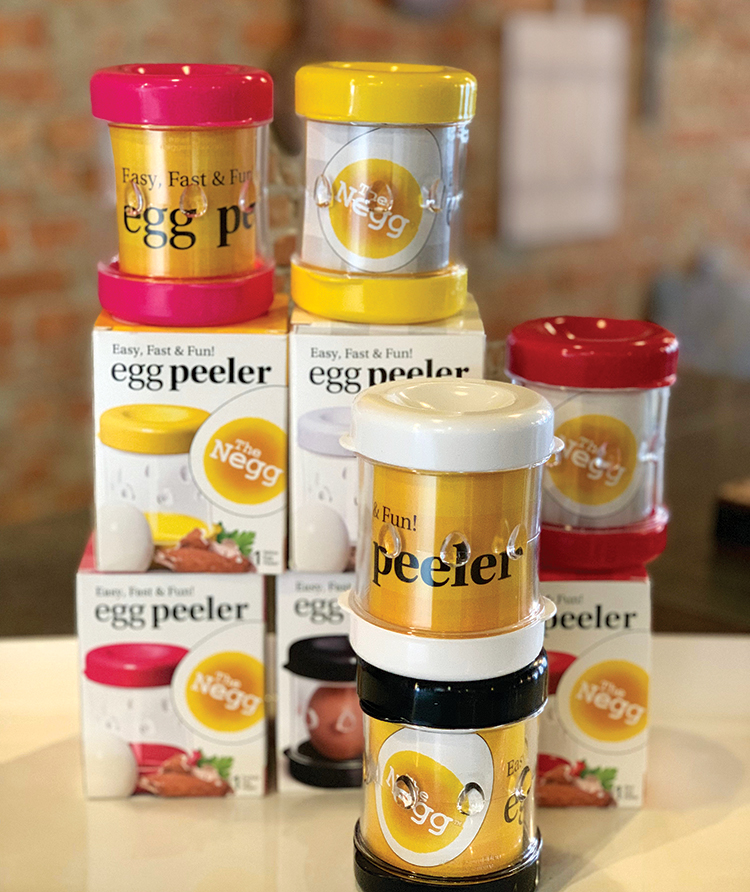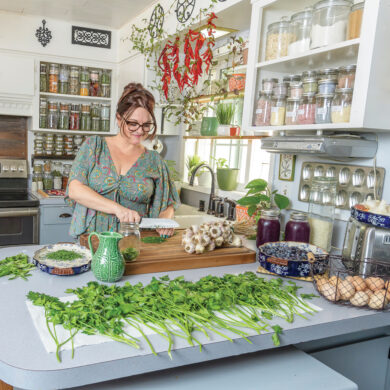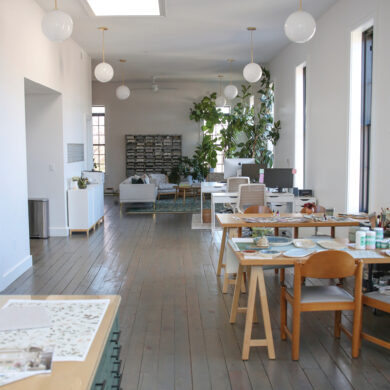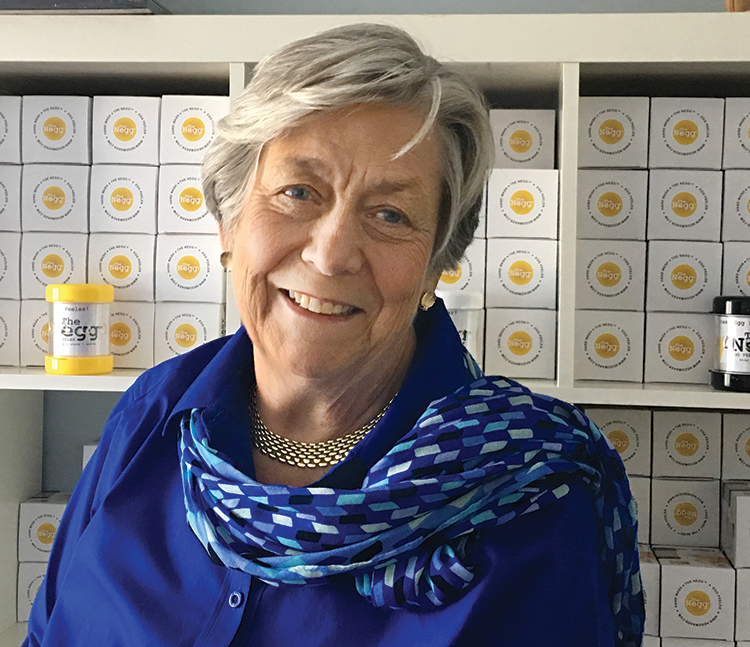
My home is in Fairfield, Connecticut, and our business is located in Southport, Connecticut. I’m the mother of two grown girls and the grandmother of five. Over the years, my kids have scattered across the country, with one daughter now living in Florida and the other in North Carolina. The grandkids range in ages from eleven to twenty-one. I look forward to the infrequent gatherings we have—the older they get, the harder that has become. I am also blessed to have the most wonderful dog, Dot Calm, who has been my companion for the last thirteen years.
When I was probably about ten years old, I started my first business—definitely a “Not for Profit.” We would put on puppet shows in my cousin’s attic and charge admission. All proceeds were then given to the local hospital. It was probably only $5, but in the early 1960’s and as a kid, it seemed like a fortune.
Over the years, I have tried my hand at a few businesses. They were always service-oriented businesses, however, which made it difficult to scale. In recent years, I had wanted to try my hand at selling a product, and the Negg® gave me that opportunity.
I recall one Saturday night when my friends had invited me over for a cocktail party. Without hesitating, I offered to bring a dozen deviled eggs. As I reached for the sixth egg, having mangled the first five in the peeling process, I quickly remembered why I had stopped making deviled eggs. Surely there had to be something that solved this horrible problem. I noticed all available commercial peelers had the same functionality; they rolled the eggs on steel bars, shook the trays back and forth and hit the eggs with water. I wondered if the same functionality was possible in a hand-held device. As I look back, I had, without realizing it, marched through the first steps of bringing a product to market—1. Find a problem, 2. Make sure that the problem either has no existing solution or a solution that can be improved upon, and 3. Find the solution.
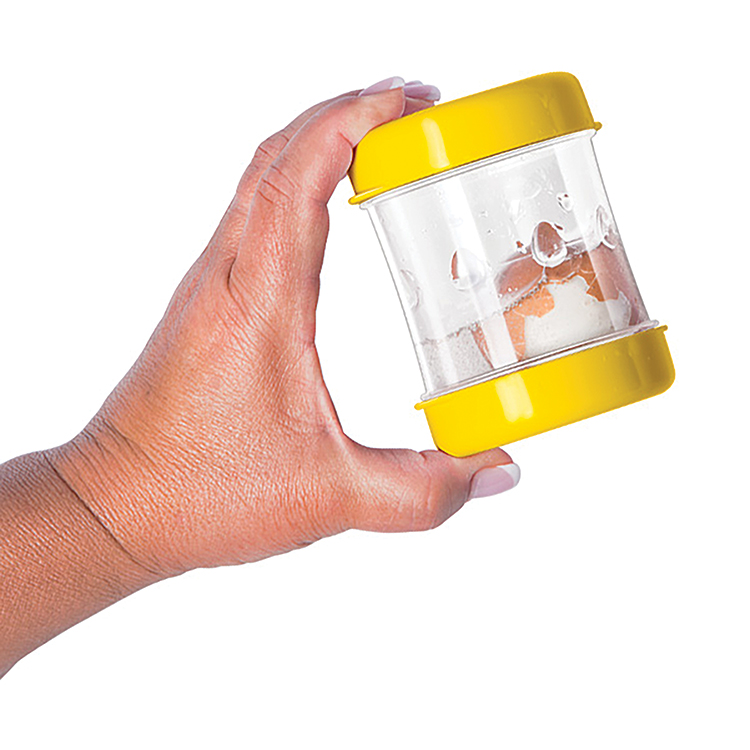
I was fortunate to have a business partner, Sheila Torgan, familiar with the software to make a 3-D rendering of our egg peeler. Dimitri, an eleven years old 3-D printer library instructor, taught us how to use the printer and from there we produced our ultimate egg-peeler prototype. We named it “Negg,” which stood for naked egg and was something short that people remembered. We connected with MPS Plastics (a U.S. injection molding company), who helped us figure a workaround for producing our design. The foibles with the injection molding process were our biggest tangible hurdle in creating Negg® (you aren’t supposed to put bumps on the inside of a cylinder with injection molding, but doing so turned a mere thought inside my head into a million dollar company in its first thirteen months).
It’s important we make each challenge, especially the failures, an experience from which we learn.
We had a well-working prototype, encouragement from family and friends and witnessed the “Ah-Ha” moment from others when they first used the Negg. I was willing to gamble part of my retirement money on this venture. We raised five times our goal in the second attempt at a crowd-funding campaign. Thanks to an incredible team, some 3,000 Neggs were mailed on time, and in March, we attended the International Housewares Association show in Chicago where we presented to a panel of judges for invaluable feedback. Some people think owning your own business means you have greater freedom though it is quite the contrary. I have never worked harder in my life. Part of the gig is longer hours, and weekdays flow into weekends, but I have also never had as much fun working—I believe a laugh a day keeps our business in play. That’s what gets us through the bumpy spots.
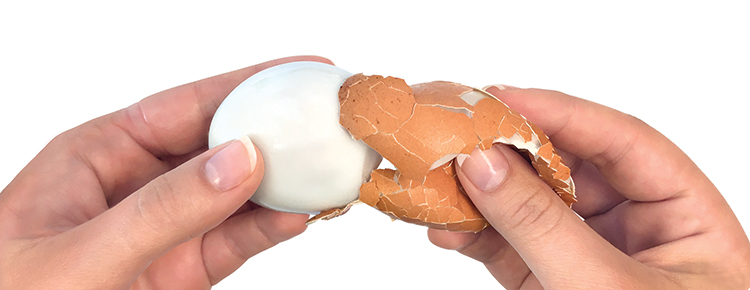
I fell into being an entrepreneur unintentionally. In being an entrepreneur you are leading the parade instead of playing in the band. I think this ever-changing role is why being an entrepreneur was a natural path for me. I am so passionate, and every day brings something new, with new problems to solve and new hurdles to leap.
INNOVATOR TIPS
1. Find a problem that needs fixing and a problem that most of the population has. Only focusing on the part of the population that doesn’t like chocolate, and sleeps with their shoes on, really limits you. In contrast, focusing on all people who eat desserts, opens the category up.
2. Come up with the solution to this problem. Don’t make it complicated, or even if it is complicated, make it simple for the end user.
3. Make your prototype and form your business plan. The local library can be one of your biggest resources. They can guide you to people who have experience in the areas you need.
4. Protect your IP—Intellectual Property. Check in with the government website (uspto.gov), and when the time comes, you need to be sure to copyright, trademark, and patent whatever you are working on. If you have a good product idea, there are people who will want to reverse engineer your product.
5. Make your prototype, and pass it to family and friends, and carefully gauge reactions for moving forward.
6. Consider launching a crowd-funding campaign. A crowd-funding campaign is a great way to judge the popularity of a product, along with getting the funding you might need.
